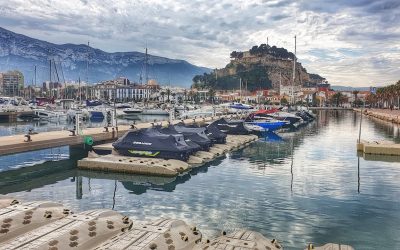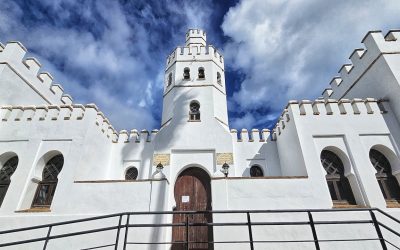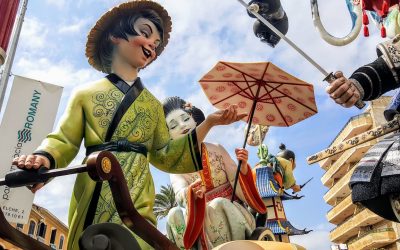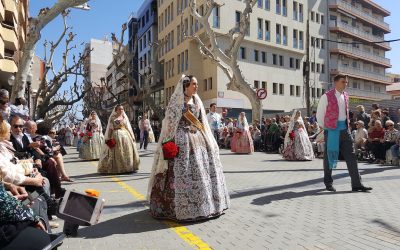Exploring Dénia is a delight; sat in the south east corner of Spain, it teeters on the edge of the Costa Blanca magnet. And yet Dénia...

Las Fallas
Las Fallas
Reasons to tour Spain in a motorhome
Travelling through Spain over the last two years has been an enlightening experience that has taught us plenty, surprised us consistently...
Visiting Spain during Las Fallas
Imagine the scene: You are walking through a southern Spanish town centre admiring the shops when firecrackers go off around your feet,...
Denia’s Las Fallas celebrations
Spain cannot be rivalled for its annual diary of fiestas, each one demonstrating a certain passion for religion, ancient tradition or...
Follow us
You can find us on social media,
different channels for different content.




